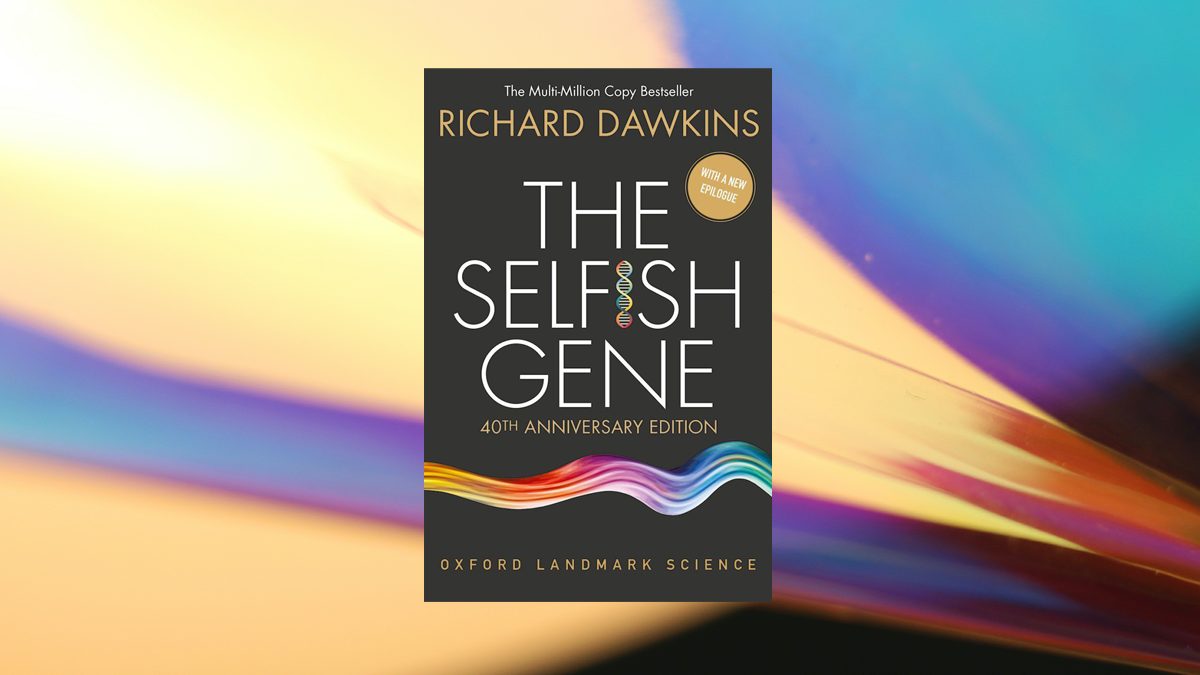Gene’s View Of Life
This is a book I read, re-read, and plan to un-read.
Makliya Mamat / Month 0, 0000
Richard Dawkins’ books and various works—I wish more people would read them—and one important thing, read them critically.
The Selfish Gene was first published in 1975 by Richard Dawkins, explains evolution by looking at single genes as the basic units that are ultimately responsible for the selection process, and for driving our behavior. I read the 40th Anniversary edition with a new epilogue.
Richard Dawkins is the sole voice of its story. He believes that evolution happens to genes, not species; there is no gene for altruism (selfless or kind behavior), which is quite a radical view, as it implies that we humans are “lumbering robots,” programmed by our genes to help them—the genes—survive. He thinks this is as strange as “science fiction” but it’s the truth.
In “Preface to the Second Edition”, Dawkins says he is writing for three kinds of people:
- the general reader (for whom he has avoided technical language)
- the scientific expert (who might see something in his story that they perhaps overlooked in their more technical way of looking at things)
- the student (who might find the book helpful in breaking down technical theories into everyday language)
Dawkins spends most of the book elaborating on his argument and demonstrating its explanatory power in specific cases. He expands his theory to attempt to explain topics like kin altruism, eusociality, group dynamics and culture. Below is a brief review of one of the chapters,
Memes & Genes
Humans are different from most other organisms on Earth because two kinds of evolution affect human behavior. The first, as with all other organisms, is genetic evolution. The second is cultural evolution.
Dawkins thinks cultural evolution happens through memes, in the French word même.
Meme conveys the idea of a unit of cultural transmission or a unit of imitation. Memes in general, are things like ideas, catchy tunes, memorable arts, and customs that spread in a culture when they become numerous, by existing in different people’s brains.
So as genes, memes also compete with each other to be remembered and shared through generations. Unlike genes though, memes evolve much, much faster. And its transmission is subject to continuous mutation, and also to blending.
When people die, in Dawkins’ view, there are two things they can leave behind them: genes and memes. As species were built as gene machines, created to pass on their genes. But that aspect will be forgotten in three generations. Therefore, we humans should not seek immortality in reproduction.
However, if a person contributes to the world’s culture, say the symphonies of Beethoven, the sonnets of Shakespeare, the inventions of Nikola Tesla, and the inspirational speeches of Martin Luther King, as memes, it may live on, intact, long after the person’s genes have dissolved in the common pool.
“We are built as gene machines and cultured as meme machines, but we have the power to turn against our creators. We, alone on earth, can rebel against the tyranny of the selfish replicators.”

Contents
Newsletter
- Updates from Makliya Notes will be delivered to your inbox.

